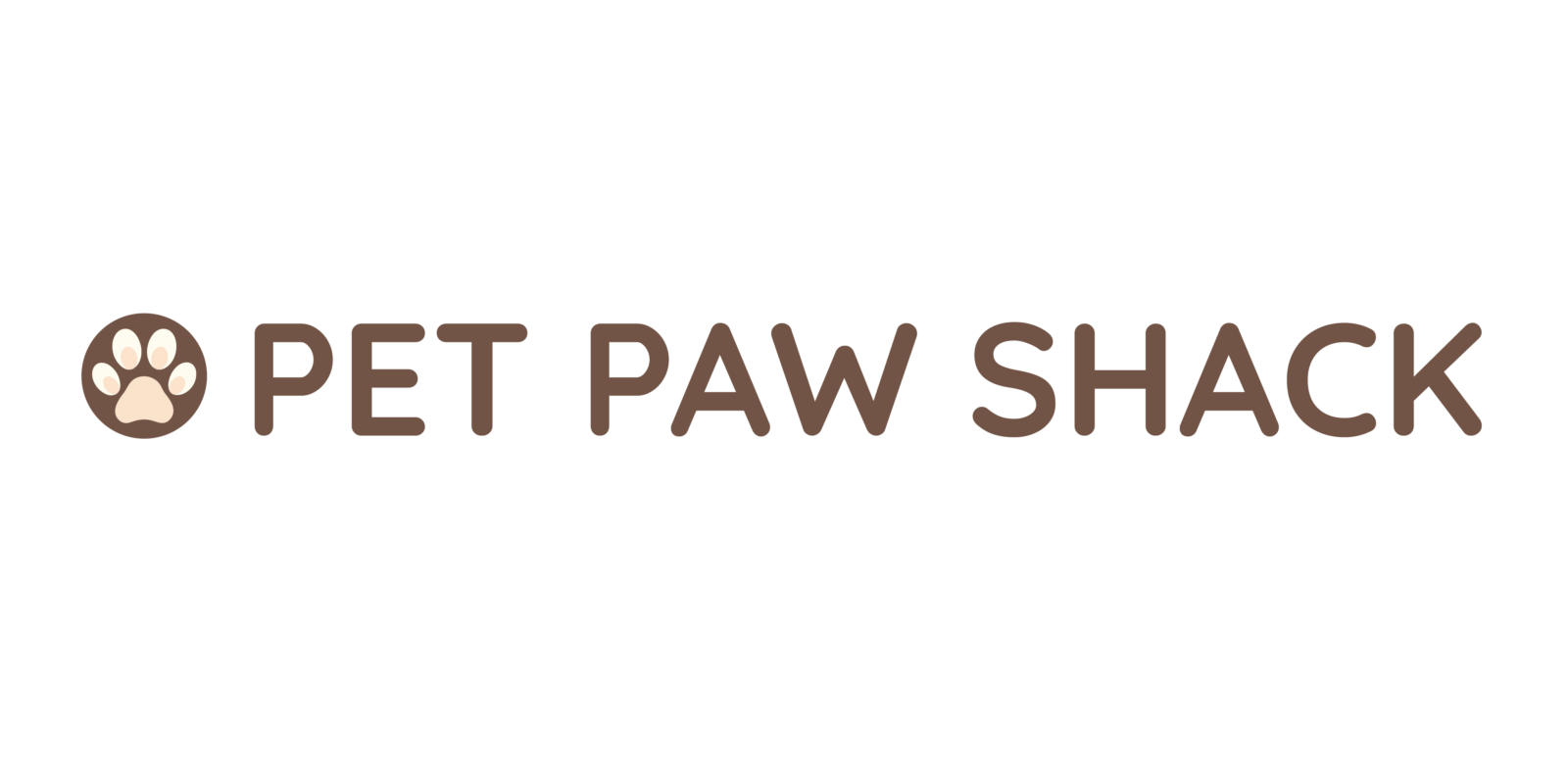Importance of Understanding Pet Food Labels
Pet food labels hold valuable information about the nutritional content and ingredient quality of what we feed our pets. Knowing how to read and understand these labels helps ensure pets get balanced, necessary nutrients for their health.
Nutrient Content
Pet food labels detail necessary nutrient content. Percentages of protein, fat, fiber, and moisture part of the guaranteed analysis section, help determine if a product meets a pet’s dietary needs. For example, puppies often need higher protein levels for growth.
Ingredient Quality
Labels list ingredients in descending order by weight. Owners can assess the quality of food by checking if the primary ingredients are whole meats, grains, or vegetables, without fillers like corn or soy. For instance, “chicken” listed first indicates higher meat content than “chicken meal” or “corn gluten meal.”
Avoiding Harmful Additives
Pet food labels disclose preservatives, artificial colors, and flavors. Identifying and avoiding harmful additives contributes to pet health. Look for natural preservatives like tocopherols rather than synthetic ones like BHA or BHT.
Identifying Allergens
Ingredients lists help identify potential allergens. Common allergens like wheat, soy, and beef cause reactions in some pets. Recognizing these on labels aids in selecting products free from ingredients that might trigger allergies.
Veterinary Recommendations
Veterinary recommendations often reference nutrient profiles and ingredient information found on labels. Ensuring pet food meets vet-recommended standards and dietary needs facilitates better health management.
| Nutrient | Importance for Pets |
|---|---|
| Protein | Essential for growth and repair |
| Fat | Provides energy and supports organs |
| Fiber | Aids in digestion |
| Moisture | Keeps pets hydrated |
Understanding pet food labels is essential for making informed choices that keep pets healthy and thriving.
Basic Components of Pet Food Labels

Understanding the basic components of pet food labels helps in making informed decisions about your pet’s diet. Here are key elements to look for:
Product Name
The product name can reveal much about the pet food’s content. Terms like “beef” indicate the ingredient constitutes at least 70% of the total product by weight. If the product name contains phrases like “dinner,” “platter,” or “entree,” the named ingredient often makes up between 10% to 25%.
Ingredient List
The ingredient list provides a detailed look at what is included in the pet food. Ingredients are listed in descending order by weight. The first several items are the most crucial as they make up the bulk of the food. Look for high-quality protein sources like chicken, beef, or fish. Avoid products with fillers like corn or soy listed among the first ingredients.
Guaranteed Analysis
The guaranteed analysis section specifies the minimum or maximum levels of nutrients such as protein, fat, fiber, and moisture. For example, a label might indicate a minimum of 26% protein and a maximum of 12% moisture. These values help assess whether the food meets your pet’s dietary needs. Using these specifications, you can compare different brands and products to find the best option for your pet’s health.
Nutritional Adequacy Statement
The nutritional adequacy statement confirms if the pet food meets established nutritional standards for a specific life stage. This statement guarantees that the food’s formulation fulfills the daily nutritional requirements. According to the Association of American Feed Control Officials (AAFCO), pet foods labeled “complete and balanced” must pass rigorous nutritional or feeding tests.
Understanding “Complete and Balanced”
“Complete and balanced” indicates that the food contains all essential nutrients in the necessary proportions. Certified by AAFCO protocols, this designation ensures the nutrition provided supports your pet’s overall health. For example, a puppy’s growing needs differ from an adult dog’s maintenance requirements.
Life Stages
Life stages include growth, maintenance, reproduction, and all life stages. Foods for growth cater to puppies or kittens, while maintenance diets target adult pets. Foods formulated for reproduction assist pregnant or nursing animals. “All life stages” foods meet the highest nutritional demands, suitable for pets of various ages and conditions.
Feeding Trials vs. Nutrient Profiles
Pet foods achieve nutritional adequacy through feeding trials or nutrient profiles. Feeding trials test the food on animals under controlled conditions. Nutrient profiles ensure the food’s ingredients meet pre-determined levels without testing on live animals. Both methods are valid but offer different assurances of quality.
Practical Tips
Look for the AAFCO statement on the packaging. Verify if the food suits your pet’s life stage, e.g., “for growth and reproduction” for a pregnant pet. Ensure the testing method (feeding trial or nutrient profile) aligns with your preferences for pet nutrition quality assurance.
Understanding the nutritional adequacy statement on pet food labels allows informed diet choices and promotes your pet’s health.
AAFCO Standards
Understanding AAFCO standards is essential for evaluating pet food quality. AAFCO, the Association of American Feed Control Officials, sets guidelines for nutrient profiles and feeding trials.
Formulated vs. Feeding Trials
Pet foods can meet nutritional standards by formulation or feeding trials. Formulated diets adhere to AAFCO nutrient profiles but are not tested on animals. These profiles outline minimum and maximum nutrient levels. In contrast, feeding trials involve actual animals consuming the diet to assess health outcomes. Trials provide practical evidence of a diet’s effectiveness and safety.
Life Stages and All Life Stages Claims
AAFCO establishes nutrient profiles for different life stages: growth, maintenance, and reproduction. Foods labeled for specific life stages meet these profiles. “All life stages” claims mean the food meets the standards for the most demanding life stage, growth. These foods contain higher nutrient levels, suitable for puppies or kittens, but might be excessive for adult or senior pets.
Interpreting Ingredient Labels
Understanding the ingredient list on pet food labels helps determine the quality and safety of the products. Here’s a detailed breakdown of key considerations.
High-Quality Ingredients
Focus on identifying whole food sources as primary ingredients. Look for named meat sources such as chicken, beef, or lamb as the first ingredients. High-quality grains such as brown rice, oats, and barley serve as nutritious carbohydrate sources. Fruits and vegetables like:
- carrots,
- sweet potatoes
- blueberries
offer essential vitamins and antioxidants. Ensure the products list these ingredients prominently for healthier food choices.
Controversial Ingredients
Avoid ingredients with contentious reputations for potentially causing long-term health issues. Artificial preservatives such as BHA, BHT, and ethoxyquin have been scrutinized for their adverse effects. Artificial colors and flavors offer no nutritional benefits and can potentially cause allergies. Meat by-products, while not inherently bad, can sometimes include lower-quality parts not suitable for primary nutrition. Checking for these ingredients helps in choosing safer options.
Ingredient Splitting
Be cautious of ingredient splitting, a tactic where similar ingredients are listed separately to make them appear lower on the list. Manufacturers might divide corn into “corn meal” and “corn gluten meal” to avoid showing corn as a top ingredient. This practice can mislead consumers about the actual composition and nutritional value. Identifying this tactic ensures a more accurate understanding of the product’s primary components.
Understanding and scrutinizing ingredient lists safeguard pets’ health by ensuring a higher quality diet based on whole, recognized, and nutrient-rich foods.
Decoding Marketing Terms
Marketing terms on pet food labels often cause confusion. Knowing what these terms actually mean helps in choosing the best food for pets.
“Natural” and “Organic”
The term “natural” indicates that the ingredients have not undergone chemical alterations. However, it doesn’t guarantee the absence of pesticides, antibiotics, or synthetic additives. For example, a “natural” pet food might still contain added vitamins or minerals produced in a laboratory.
“Organic,” on the other hand, signifies that the ingredients meet specific standards set by certified organic bodies. Organic pet food must not contain genetically modified organisms (GMOs), synthetic fertilizers, or sewage sludge. USDA-certified organic products stand as the gold standard, ensuring the food has been produced under strict guidelines.
“Grain-Free” and “Gluten-Free”
“Grain-free” pet foods don’t contain ingredients like wheat, corn, rice, or oats. Pet owners often choose grain-free options for pets with sensitivities or allergies to grains. However, it’s essential to note that grain-free doesn’t necessarily mean low-carb; manufacturers often replace grains with high-carbohydrate ingredients like potatoes or peas.
“Gluten-free” foods omit gluten-containing grains such as wheat, barley, and rye. This term benefits pets diagnosed with gluten sensitivity or celiac disease. Gluten-free options include grains like rice and corn, which don’t trigger gluten-related issues.
“Human-Grade”
When a pet food is labeled “human-grade,” it implies that every ingredient is fit for human consumption. The production process adheres to the same standards applied to human food. This distinction generally suggests a higher quality but isn’t a regulatory term defined by pet food authorities like AAFCO. Verifying the producer’s practices and certification guarantees the product meets these elevated standards.
Recognizing Red Flags
Not all pet food labels are straightforward. Identifying misleading information is essential to making sound choices for pet nutrition.
Common Misleading Claims
Marketers often use terms that imply benefits without backing them up. Beware of words like “premium,” “gourmet,” or “natural” if they’re not certified by credible sources. Terms like “holistic” hold no regulatory meaning. It’s crucial to research these claims. Check for AAFCO approval to ensure the food meets nutritional standards.
Unidentified Meat Sources
Vague descriptions like “meat meal” or “animal by-products” can’t indicate specific animal sources. Reliable labels specify the source, such as “chicken meal” or “beef by-products.” Unidentified sources increase the risk of allergens and lower-quality ingredients. It’s safer to choose foods with clearly identified meat sources.
Overly Vague Labels
Ingredients listed as “animal fat” or “poultry” are too broad. High-quality pet foods detail the type, such as “chicken fat” or “turkey.” Generic terms can hide multiple species or low-quality parts. Pick products where each ingredient is distinct and specific to ensure transparency and quality.



 Founder & Pet Wellness Advocate
As the visionary founder of Pet Paw Shack, Kimberliene Sabinin is passionate about helping pet owners provide the best care possible for their furry companions. With a background in veterinary science and animal nutrition, Kimberliene brings years of experience in promoting pet health, safety, and well-being. Her mission is to empower pet owners with practical knowledge about proper nutrition, behavior training, and overall pet wellness.
Founder & Pet Wellness Advocate
As the visionary founder of Pet Paw Shack, Kimberliene Sabinin is passionate about helping pet owners provide the best care possible for their furry companions. With a background in veterinary science and animal nutrition, Kimberliene brings years of experience in promoting pet health, safety, and well-being. Her mission is to empower pet owners with practical knowledge about proper nutrition, behavior training, and overall pet wellness.
